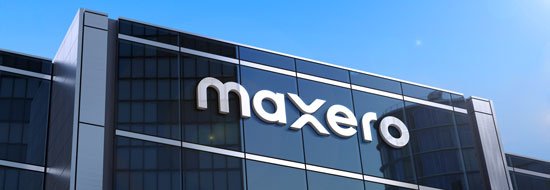2024: The Year of Breakthroughs in EV Charging
Electric cars have come a long way and are now more accessible than ever before. However, one major concern that remains is the lack of charging infrastructure. While some regions, like northern California, have reliable public EV charging networks, many areas still struggle to provide adequate charging options for EV drivers. This has been a significant barrier to widespread EV adoption.
Fortunately, 2024 could be the year that changes everything. Several breakthroughs in EV charging are set to revolutionize the industry and address the current challenges. One of the most significant developments is the adoption of the North American Charging Standard (NACS) by major automakers. Ford, General Motors, Mercedes-Benz, and other leading manufacturers have all committed to transition to NACS, which will make charging more convenient and accessible for EV owners.
To further support this transition, Tesla and other OEMs are developing CCS-to-NACS adapters. These adapters will allow current EV drivers to access Tesla’s extensive Supercharger network, in addition to the existing CCS1 stations. This means that EV owners will have access to a larger and more widespread charging network, making long-distance travel much easier.
In a remarkable show of collaboration, seven automakers, including BMW, General Motors, and Hyundai, have joined forces to create a joint-venture EV charging network. This network aims to install around 30,000 DC fast-charging stations across North America, equipped with both CCS and NACS connections. These stations will be strategically located near amenities like food and restrooms, making the charging experience more convenient and enjoyable for EV drivers.
The gas station industry is also adapting to the rise of electric vehicles. Gas station operators in Germany are required by law to install EV chargers, and similar trends are emerging in the United States. BP has announced a $100 million investment in Tesla EV charging hardware for its BP Pulse network, while Buc-ee’s is partnering with Mercedes-Benz to add high-speed DC fast chargers to its travel centers.
Simplifying the payment process for EV charging is another crucial development in 2024. With the support of federal incentives, developers are now required to accept contactless payments from all major credit and debit cards. This eliminates the need for multiple apps and memberships, making it easier for EV drivers to pay for charging across different networks.
While expanding public charging infrastructure is essential, incentivizing home charging is also crucial. Hyundai and Honda are leading the way by offering complimentary home EV chargers and installation credits with the purchase or lease of their EVs. Charging at home not only provides a better ownership experience but also frees up public charging stations for those who truly need them.
Overall, 2024 is shaping up to be a groundbreaking year for EV charging. The adoption of NACS, the development of adapters, the creation of a joint-venture charging network, and the expansion of charging options at gas stations are all positive steps towards a more accessible and convenient charging experience. With these breakthroughs, it’s clear that the future of EV charging is bright, and America is finally catching up to the electrified future.
Read More: What’s Next for EVs in 2024
[ad_2]
Source link




